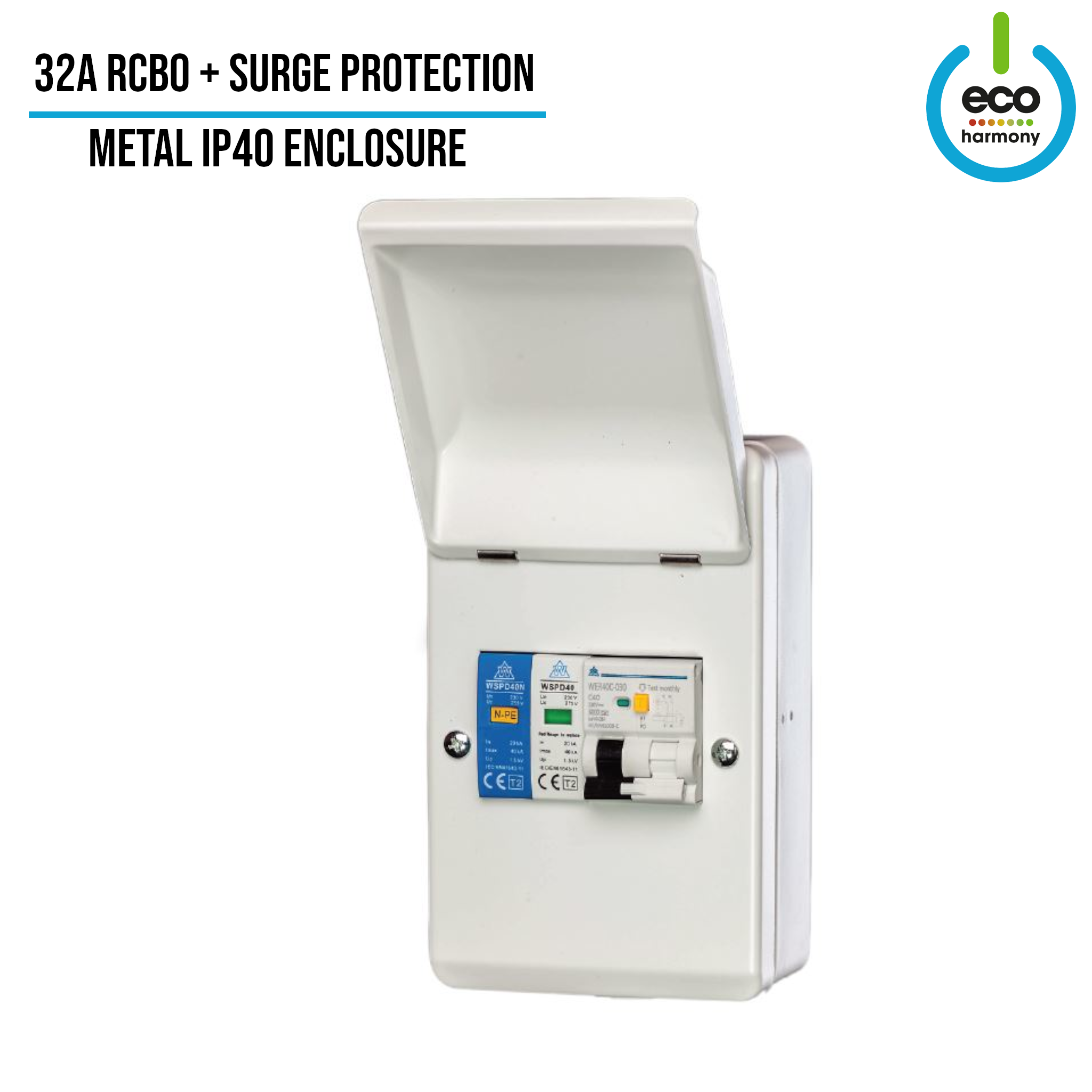The Role of Customer Systems in Efficient Power Administration Systems
Customer devices are indispensable to efficient power management systems, serving as the primary circulation points for electrical power within structures. By incorporating circuit breakers, they guard circuits from potential overloads, thus preserving safety and security and avoiding considerable failures. The development of clever technologies has even more improved their performance, enabling real-time information tracking and nuanced energy usage evaluation. This integration not just optimizes energy use however likewise assists in the consolidation of eco-friendly power resources, thereby advertising lasting techniques. Exactly how, after that, do these innovations convert to substantial advantages in day-to-day power administration?
Understanding Customer Devices

Recognizing the role of customer devices starts with acknowledging their essential function in securing electric systems. By separating mistakes within specific circuits, customer devices avoid widespread interruptions and possible fire risks. This isolation is achieved via making use of breaker that trip or merges that strike when a fault is found, consequently removing the electric flow to the affected circuit.
Additionally, consumer units facilitate the well organized distribution of power, enhancing the efficiency of power usage. They permit for the systematic monitoring of electrical tons, which can be specifically essential in industrial and commercial settings where need can fluctuate considerably. Correctly conserved consumer units contribute to the longevity of electrical systems and help in reducing downtime caused by electrical failures, eventually sustaining the smooth operation of energy-dependent centers.
Smart Technologies Combination

An essential benefit of wise consumer devices is their capability to utilize advanced algorithms and machine understanding for predictive analytics. This enables preemptive adjustments based upon use patterns, weather report, and various other variables, substantially boosting overall performance. Furthermore, clever consumer systems facilitate need response programs, where power use can be dynamically changed during top durations to stabilize the grid and lower costs.
The assimilation of renewable energy sources, such as solar and wind, is likewise streamlined via clever consumer systems. By intelligently taking care of the intermittency of these resources, these devices ensure a well balanced and trustworthy power supply. Additionally, smart consumer systems improve customer interaction by supplying thorough understandings and remote capabilities through mobile applications, fostering a much more positive technique to power preservation and sustainability.
Tracking Energy Intake
Structure on the abilities of smart innovations combination, checking power consumption comes to be a critical focus within power management systems. By leveraging innovative metering infrastructure (AMI), real-time data on energy usage can be collected at granular degrees, offering important understandings right into intake patterns and peak need durations.
Smart meters and Net of Things (IoT) devices play an essential duty in this tracking procedure. These gadgets can track energy use in real-time, transmitting information to central systems for analysis. The accumulated information is after that refined through sophisticated formulas to identify anomalies, anticipate future consumption, and suggest optimization approaches. In addition, cloud-based services use scalable systems for keeping and check it out evaluating huge datasets, promoting remote tracking and control.
The assimilation of these modern technologies not only equips consumers with thorough info about their energy usage but likewise click here to read supports energy carriers in taking care of tons circulation better. Ultimately, continuous and precise surveillance is vital for attaining energy efficiency, price financial savings, and sustainability goals within energy management systems.
Optimizing Device Usage

One effective method involves recognizing height and off-peak hours to change energy-intensive activities, such as washing or dishwashing, to times when energy demand is lower. This not only minimizes strain on the grid but additionally maximizes lower power tolls. In addition, integrating maker learning algorithms allows for predictive maintenance, guaranteeing home appliances run at optimum effectiveness and lengthening their life expectancy.
Energy management systems can additionally integrate user-specific preferences and behaviors to tailor device usage schedules. For instance, wise lighting systems can change brightness based upon occupancy and natural light accessibility, while cooling and heating systems can maintain comfort levels without extreme energy usage.
Supporting Sustainability
Promoting sustainability within power monitoring systems entails not just boosting performance however likewise promoting environmentally accountable methods. Consumer units are essential to this process, as they give real-time data and control systems look at this now that make it possible for individuals to check and decrease their energy consumption. By leveraging innovative innovations, consumer systems can recognize energy-saving opportunities and promote the assimilation of renewable resource sources like solar and wind power.
One critical aspect of promoting sustainability is informing consumers on the advantages of accountable energy use. With in-depth insights given by customer systems, customers can make enlightened decisions that minimize their carbon footprint. As an example, these devices can suggest optimum times for running high-energy devices based upon grid demand and renewable resource schedule, consequently reducing reliance on nonrenewable fuel sources.
In addition, customer devices sustain the adoption of wise grid innovations, which improve the overall effectiveness and dependability of energy circulation. By making it possible for two-way interaction in between customers and energy companies, these systems can dynamically get used to energy demands, minimizing waste and promoting using lasting energy practices.
Final Thought
Consumer devices, as indispensable components of energy monitoring systems, dramatically enhance electric safety and efficiency within structures via circuit defense and smart innovation assimilation. Furthermore, the incorporation of eco-friendly energy resources promotes lasting techniques, adding to decreased general power usage and lower carbon impacts.
Advancements in wise modern technologies have actually transformed the capabilities of power monitoring systems, especially via the integration of clever consumer devices.Structure on the capabilities of clever modern technologies combination, checking power usage becomes a crucial emphasis within energy management systems.Effective device use optimization is a crucial part of energy management systems, intending to enhance efficiency and decrease unneeded energy intake.Customer devices, as important elements of energy monitoring systems, significantly improve electric safety and effectiveness within buildings through circuit security and smart innovation integration. In addition, the incorporation of renewable power sources promotes lasting methods, adding to reduced total power usage and lower carbon footprints.